Now that our new little lady is safely home with us after her long journey here from China, she must be successfully seasoned before she can be used to brew pu-erh tea. New teapots are often coated in a thin layer of wax, but even the ones that aren’t can have some rough spots and loose sediment that needs to be removed so that you don’t end up drinking it.
Seasoning is about more than just making sure your new pot is clean though. Yixing clay is a porous material that over time will absorb oils from the tea leaves brewed within it. This is a good thing. It is said that after using your pot regularly for 15 years, you should be able to brew tea in it with just the residual oils and flavors imbued in the pot itself, without adding any leaf at all!
So, in a way, seasoning a new teapot is much like seasoning a cast iron skillet. You want it to soak up the flavors from what you put in it, gradually building up more flavor and character within the vessel that over time can contribute to a more roundly flavored tea.
You start by lightly scrubbing the pot with something soft but still mildly abrasive. I’ve even read of using toothpaste and a toothbrush to do this, but Jeff and I were afraid that the toothpaste might somehow flavor the pot so we went with just this textured tea towel instead.
When she’s nice and scrubbed, it’s time for the spa treatment!
The pot needs to be boiled for about 30 minutes with a teacloth to keep it from rattling around. Rinse the teapot in warm then hot tap water for a minute or two before plunging it into the boiling water to avoid causing cracks from the sudden temperature change. I like to make separate compartments for the pot and lid so that they don’t rub up against each other.
Cover up with the teacloth and let it do it’s thing for 30 minutes. Then turn off the heat and let it cool down for another 30 minutes before taking it out, again this is so that you don’t subject the pot to sudden changes in temperature.
Just let it dry completely on a rack so that it gets good air circulation all around it. When it’s completely dry you can move on to phase two.
The next step is basically the same as the first, but this time you’re gonna boil the pot in the type of tea you intend to use it for.
Here I am unwrapping my new bing for the first time!
It’s dry and tightly packed, so we used a knife to carefully break the tea apart.
You need about 2 tbsp. worth. We let Lucas “test it for quality.” He quickly realized that this was not food and therefore of no interest to him.
Waiting for the water to come up to a boil and then pouring the tea straight in.
It takes less than a minute for the leaves to unfurl and start releasing their clouds of sweet and smoke-smelling liquid.
Just tuck away your pot and lid within the folds of the tea towel as before, and cover.
I’ve heard so many different theories as to how long you should boil the pot on the second pass. All from 20 minutes, an hour, 3 hours, and even letting it sit for a week! Jeff and I decided that a half hour was sufficient for opening the pores and allowing them to be refilled with the warm tea oils.
Lucas finds this whole process thrilling, can’t you tell?
Well here she is after her bath, not ready to let go of the memory of it. See, she took a souvenir!
Can you see the difference in smoothness? It’s a bit hard to tell in pictures. Holding it in your hand though it should feel almost like skin, smooth and lightly oily.
That’s pretty much it. This teapot is ready for service now.
Like I said, this one will only be used for brewing pu-erh teas. Jeff already has a slightly larger Yixing pot that we only use for Chinese black teas. You don’t want to mix teas between pots because the oils in the leaves will add to the flavor of the pot over time and can ever-so-slightly alter the flavor of the tea you are drinking.
It is important that your teapots stay in monogamous relationships with the type of tea they were “married” to during seasoning so that the flavor of the pot and the tea can compliment and enhance each other. A pot and its tea are like soul-mates; they can never be separated, they bring out the best in each other, and the relationship gets even better with age!




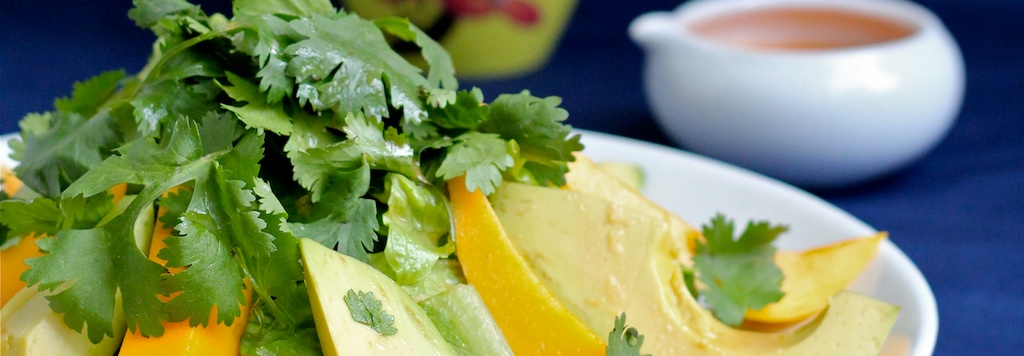
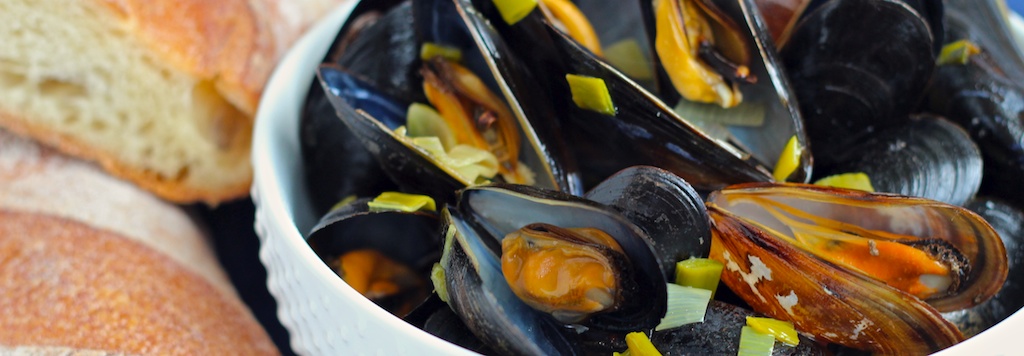
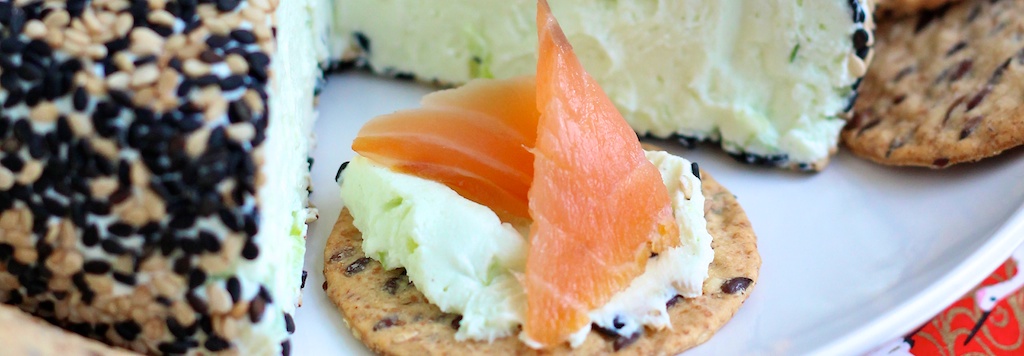
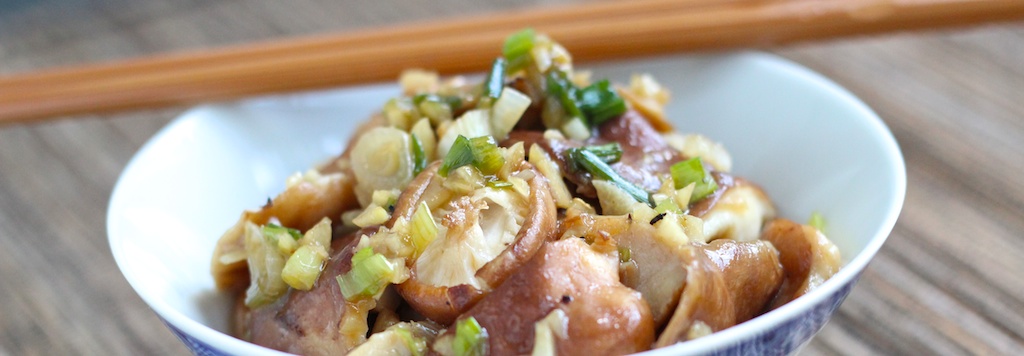

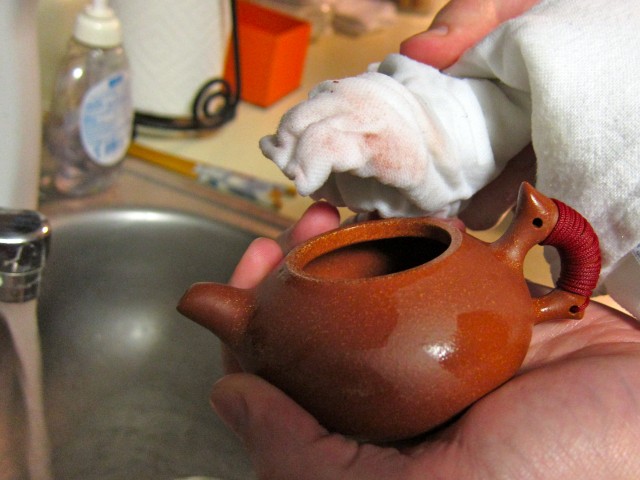
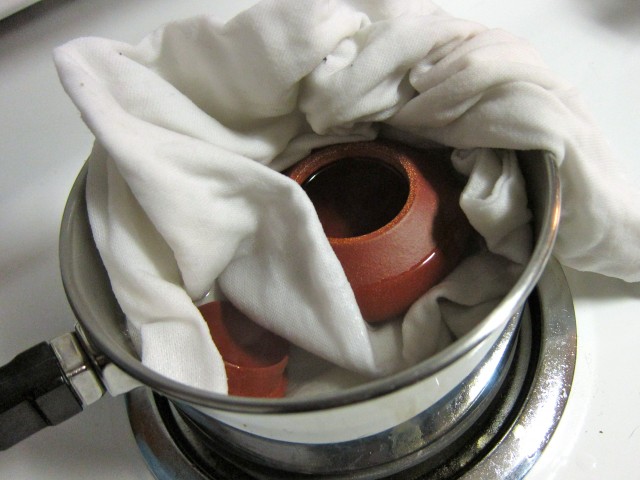
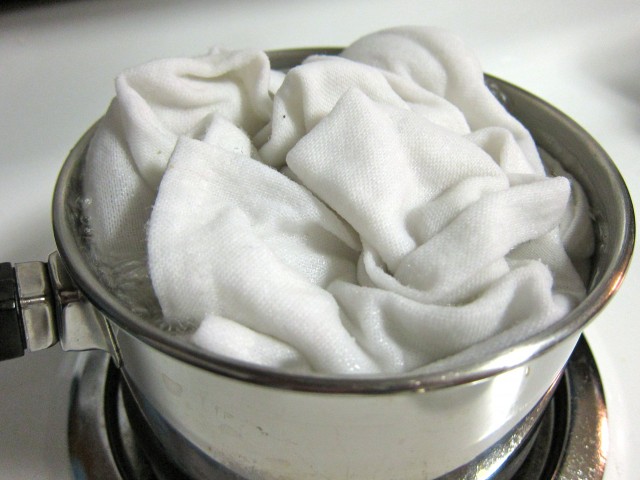
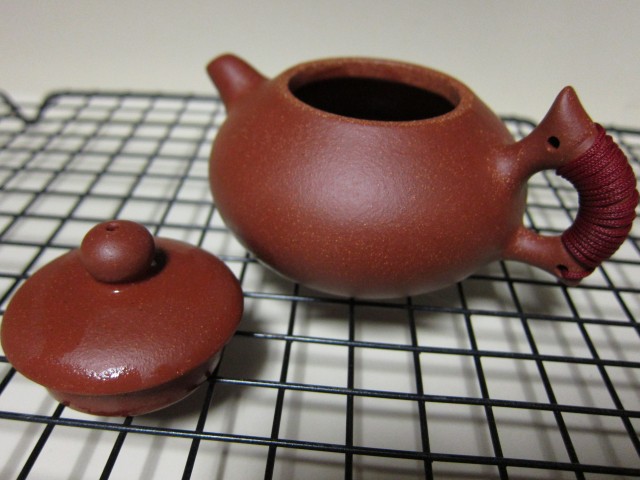
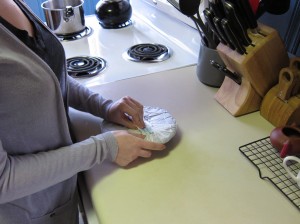
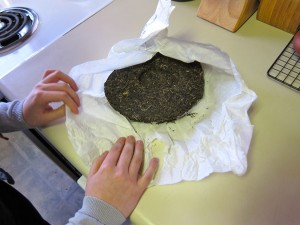
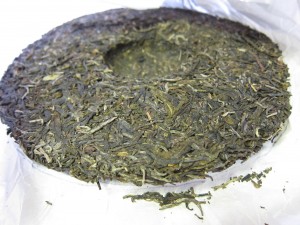
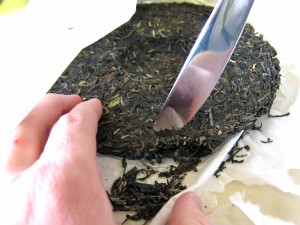
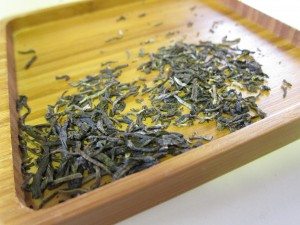
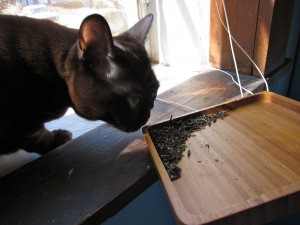
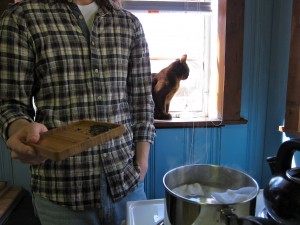
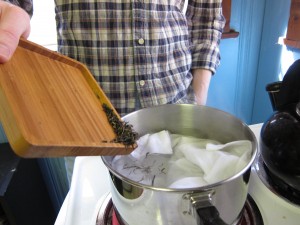
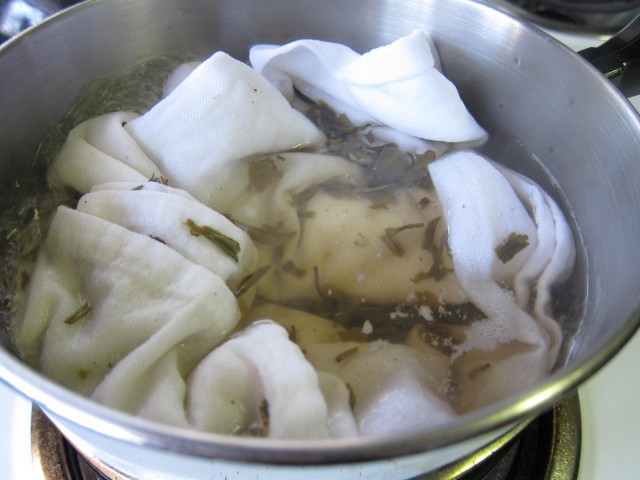
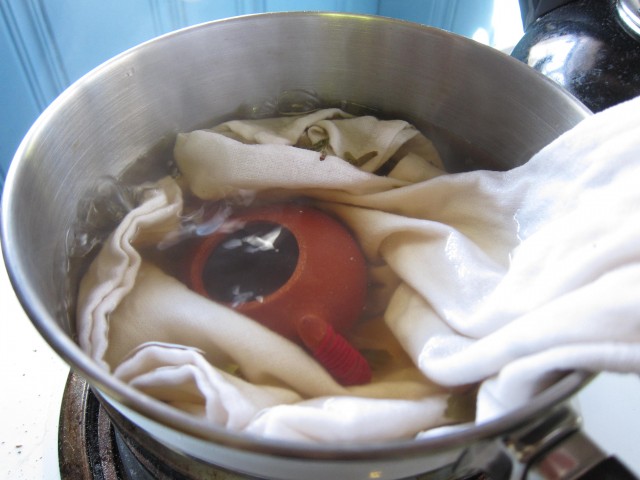
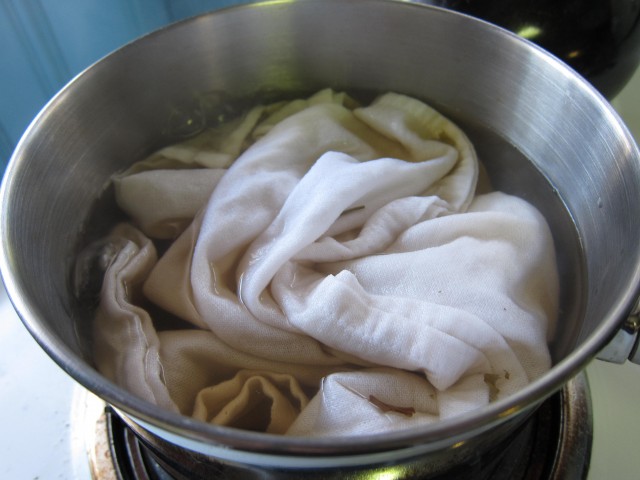
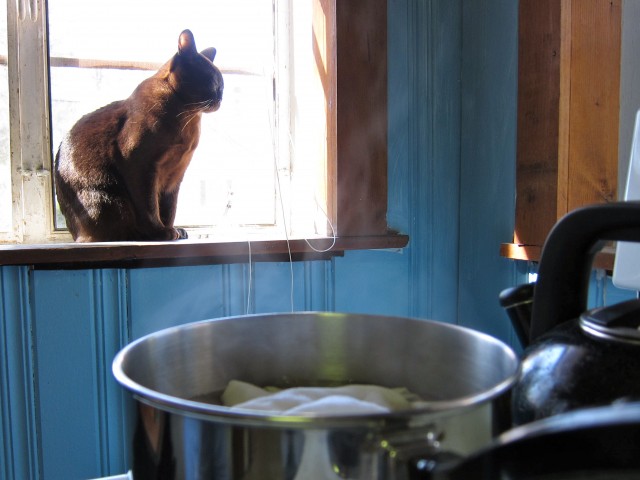
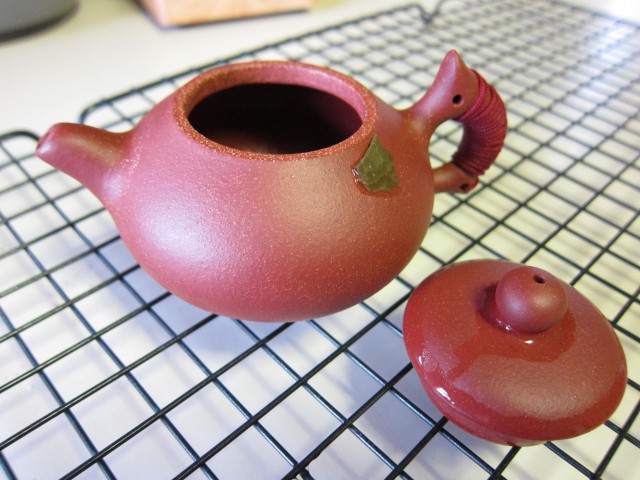

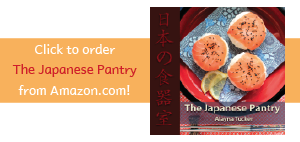
Pingback: Tweets that mention How to season a Yixing clay teapot | Thyme Bombe -- Topsy.com
I’ve never seen a tea pot like that! That’s so interesting! I don’t know if I’d be able to hav a monogamous tea relationship though 😉
That’s hilarious! You don’t have to, your teapot does!
Interesting process. I have a tetsubin and I love it but this sounds super cool.
Heather (All Sizzle No Steak) recently posted..Enchiladas
Tetsubin are great for making more tea at one time. You probably can’t tell in the picture but the Yixing fits in the palm of my hand.
I had no idea about any of this- never heard of that kind of tea pot either! So cool! Now I want one 😀
Nicole recently posted..Five Things
Never realized that clay needed to be seasoned like cast-iron does. Of course, I’m not used to cooking anything with clay either.
Jordan C. recently posted..Emeril’s All Natural Roasted Gaaahlic Garlic Pasta Sauce Review
Thank you for your clear instructions on how to season my Yixing clay teapot.
I was also wanting to know how to give it the shiny patina finish on the outside.
I have the small cups and saucers also. Could they attain the same shiny patina finish as the teapot?